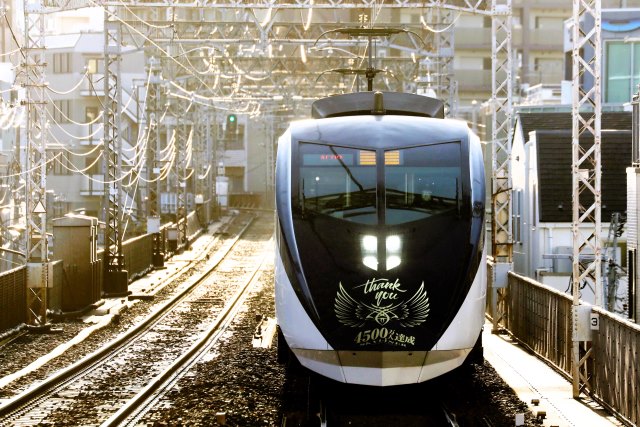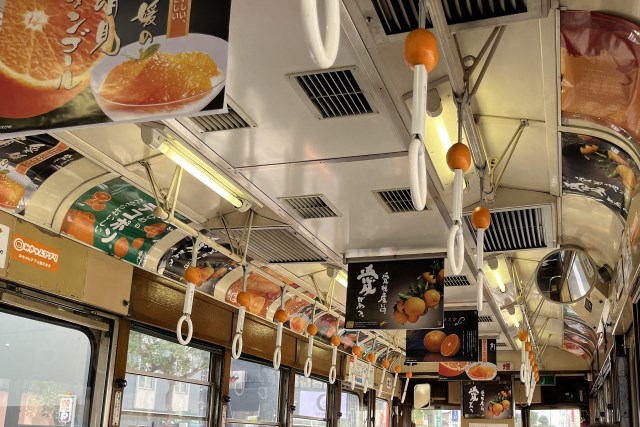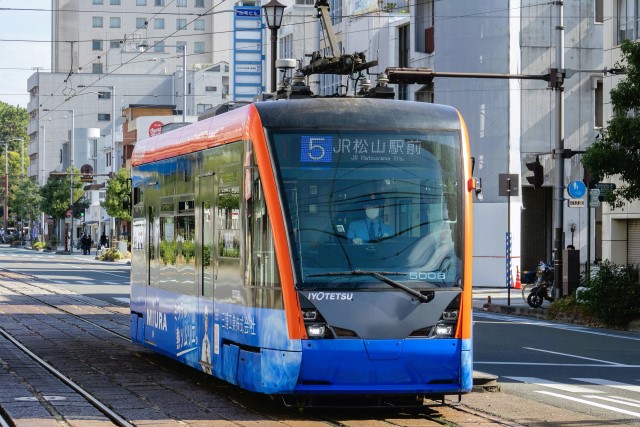After posting about "Mokoron", Odakyu's new mascot character, I remembered that "Sounyan" has been working for 10 years at Sagami Railway (Sotetsu).
What's Sounyan? He(?) is Sotetsu's mascot character. According to Sotetsu's website, Sounyan is a new species of cat, born on March 10th on the Sotetsu line. He joined Sotetsu in 2014, and has been in charge of public relations. He is a curious cat, and loves to be around people. He is good at looking for something new or fun. It's the same as Odakyu's Mokoron. His hobby is taking photos and eating around. Me too. He has something that has been bothering him. People often think he is a raccoon dog in spite of being a cat. What an elaborate profile it is! Sounyan, congratulations on your 10th anniversary of devotional work!
I can't be written off here as this is a trainspotter's blog. Taking this opportunity, I'm going to show you Sotetsu's new Sounyan poster train. In commemoration of the 10th anniversary of Sounyan's service, Sotetsu launched a new Sounyan poster train on March 27th this year using set 11001 of the EMU 11000 series. The 11000 series is Sotetsu's commuter train which debuted in 2009 to replace the deteriorated 5000 and 7000 series. A total of 5 sets, 50 units, were built by Tokyu Sharyo and JR East Niitsu Factory. To reduce the manufacturing costs, it has basically a common design and the technical specifications with JR East's EMU E233 series on the Chuo Rapid line.





















